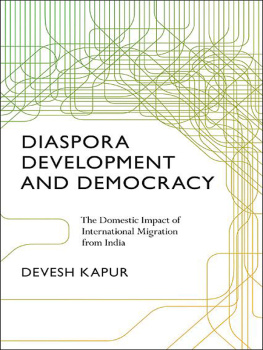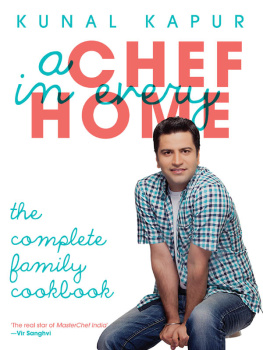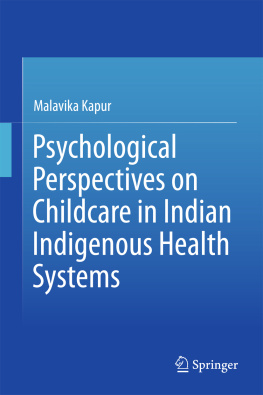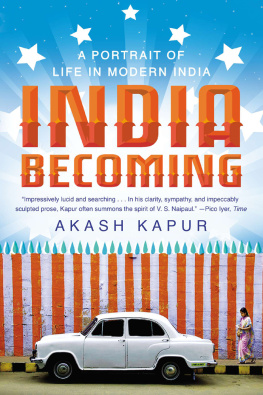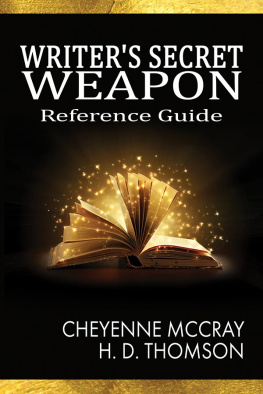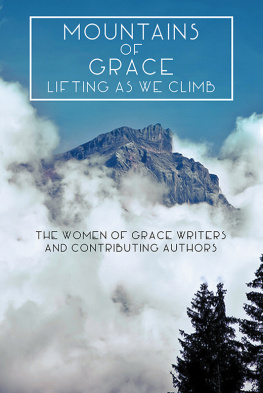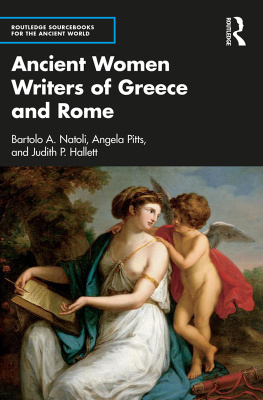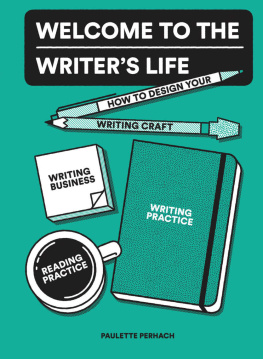SHAPING
THE WORLD
Hay House Publishers (India) Pvt. Ltd.
Muskaan Complex, Plot No.3, B-2 Vasant Kunj, New Delhi-110 070, India
Hay House Inc., PO Box 5100, Carlsbad, CA 92018-5100, USA
Hay House UK, Ltd., Astley House, 33 Notting Hill Gate, London W11 3JQ, UK
Hay House Australia Pty Ltd., 18/36 Ralph St., Alexandria NSW 2015, Australia
Hay House SA (Pty) Ltd., PO Box 990, Witkoppen 2068, South Africa
Hay House Publishing, Ltd., 17/F, One Hysan Ave., Causeway Bay, Hong Kong
Raincoast, 9050 Shaughnessy St., Vancouver, BC V6P 6E5, Canada
Email: contact@hayhouse.co.in
www.hayhouse.co.in
Copyright compilation and editing Manju Kapur 2014
Essays Copyright individual contributors 2014
Photos courtesy:
Amruta Patil: Mark Sequira
Anjum Hasan: Zac OYeah
Lavanya Sankaran: Anandi Chowriappa
The views and opinions expressed in this book are the contributors own and the facts are as reported by them, which have been verified to the extent possible, and the publishers are not in any way liable for the same.
All rights reserved. No part of this book may be reproduced by any mechanical, photographic, or electronic process, or in the form of a phonographic recording; nor may it be stored in a retrieval system, transmitted or otherwise be copied for public or private use other than for fair use as brief quotations embodied in articles and reviews, without prior written permission of the publisher.
ISBN 978-93-81398-71-5
Designed and typeset at
Hay House India
Printed at
Rajkamal Electric Press, Sonipat, Haryana (India)
WHEN I WAS CONTACTED BY HAY HOUSE PUBLISHERS INDIA TO edit an anthology, what came to mind was a collection I have long wished to read; narratives by women from the subcontinent detailing their writerly selves. For years I had devoured accounts by writers from other parts of the world, describing their creative processes. While these writers interested, even fascinated me, they were many steps removed from my own time and place, made distant as they were by differences in culture, circumstances and their understanding of life.
Late in life when I turned to writing, I wanted to discover experiences closer to home. What did others like me have to say about their vocation, their craft, the ways in which they nurtured it? How did they begin? How did they negotiate their constraints? Interviews in the English media did not satisfy this need. Nor did the few reminiscences that I came across.
How does one find role models? Where are the authors, the themes that one draws upon? Situated as we are, it is invariably a mix. Western influences, Indian influences, family influences, early parental or pedagogical encouragement, the range and variety of inputs that have gone into forming the writers in this collection is vast and varied. Nevertheless all of them have had to chart their own ways to a greater or lesser degree, often tentatively, but always persistently and with dedication to their calling.
For many of the older writers finding an author community has been an issue. When we took up our pens, whose example was there before us? Whose voice did we have echoing in our ears that would validate ours? We had the English literature we grew up with, the British school and adventure stories we consumed, with descriptions, personal appearances, names, foods and places that were totally foreign to our context. When the time came to write, this is what we had to work against. We had to find our own narrative possibilities, we had to gain the assurance to write about the things we knew rather than the things we had read about. We had to develop the strength of our own voices. In many cases it was a long, slow journey. Thankfully this is something that has changed. In the subcontinent today, younger writers are able to start out with more confidence in their subject matter. There are enough role models around to give legitimacy to almost every local topic under the sun.
Unfortunately or fortunately, the other side of writing is finding an audience. As writers, these women have frequently had to struggle to find a public space, a daunting undertaking, when the publishing arena is driven by market considerations that are often not favourable to women. Furthermore the conflict between home and a sense of vocation, the restraints posed by domestic duties sometimes means that it can take years to be a presence in their chosen field.
In looking for contributors I approached women from the sphere of literature I was most familiar with: established novelists from my part of the world who wrote in English. These are writers who have experimented with short stories, poems, travel pieces and journalism, but all of them write novels. I asked every writer I was able to contact a series of questions: How do you write, why do you write, how did you begin, which audience do you have in mind, what do you hate/love about writing? Do you have to struggle with the label of being a woman writer? Was it difficult to find a publisher? Would you like to comment on any aspect you find significant about your writing? The form of the article was left fluid.
The response to these questions has become this book. All the essays for this volume appear here in print for the first time. It is not easy to write a piece for an importunate editor, in the middle of other commitments, and I am grateful that these writers have put up with requests for immediacy, clarity and originality, and that they have agreed to share a very private part of their lives.
In all these descriptions, the writers commitment shines through. These women have not always had it easy, some have been published without difficulty, while others have had to struggle for recognition. Financial security has usually not been of prime concern, but in order to pursue their art, many of our writers have had to generate other sources of income. This then becomes one more factor in the endless juggling that comprises a woman writers day. Several have quoted Virginia Woolf; what was true then is true now. To be a writer, we need a room of our own, and money enough to ensure independence.
I am very proud to have been associated with the women in this anthology, some of whom I would never have got to know even by letter if it hadnt been for this book. For a lonely writer, sitting in a garret (metaphorically speaking) the chance to interact with other authors is very welcome. Then too it is heartening to know that the difficulties that you face while writing are not a mark of your failures, multiple and repeated, but simply a part of the creative practice, that in fact, failures are not failures at all, but experiments that help you grow.
Manju Kapur
New Delhi
March 2014
AMEENA HUSSEIN
A WRITER WAS NOT SOMETHING I EVER IMAGINED I WOULD BE. When I was a child, a saffron-clad astrologer predicted law as a career. A judge, he forecast, conjuring visions of a solemn black cloak on my back and a white wig perched on my head. My parents were delighted when I was eight, but at eighteen it turned out to be a different story. I come from a fairly traditional Muslim family and my future was envisaged in another, more conservative, way.
Mine was a childhood of storm and tantrum. A difficult, whimsical, sickly creature, I plagued my familys life. The only way to hold my attention was to tell me a story and so all my life I was surrounded by them. If rules were to be laid out for my teenage sister and myself they were told in the form of a moral, generally having a disastrous end for some unfortunate young woman. If religion was to be pounded into us, it was in the shape of a parable. If I needed to be kept quiet, the mere promise of stories would hold me motionless, especially during hours of long prayer sessions. If I wanted to know about my ancestors, out came an anecdote. My family soon caught on to the fact that I was addicted, and they duly fed my addiction: true stories from my father, a criminal lawyer, heart-felt stories from my mother, macabre stories from my older cousins, and religious stories from my aunts. The story tradition continued even as I grew older and with all these stories floating around me, I too learnt to tell stories and soon it was my turn to become the weaver of literary spells. In charge of younger children, no story could be told by me the same way twice. In my world, the
Next page

